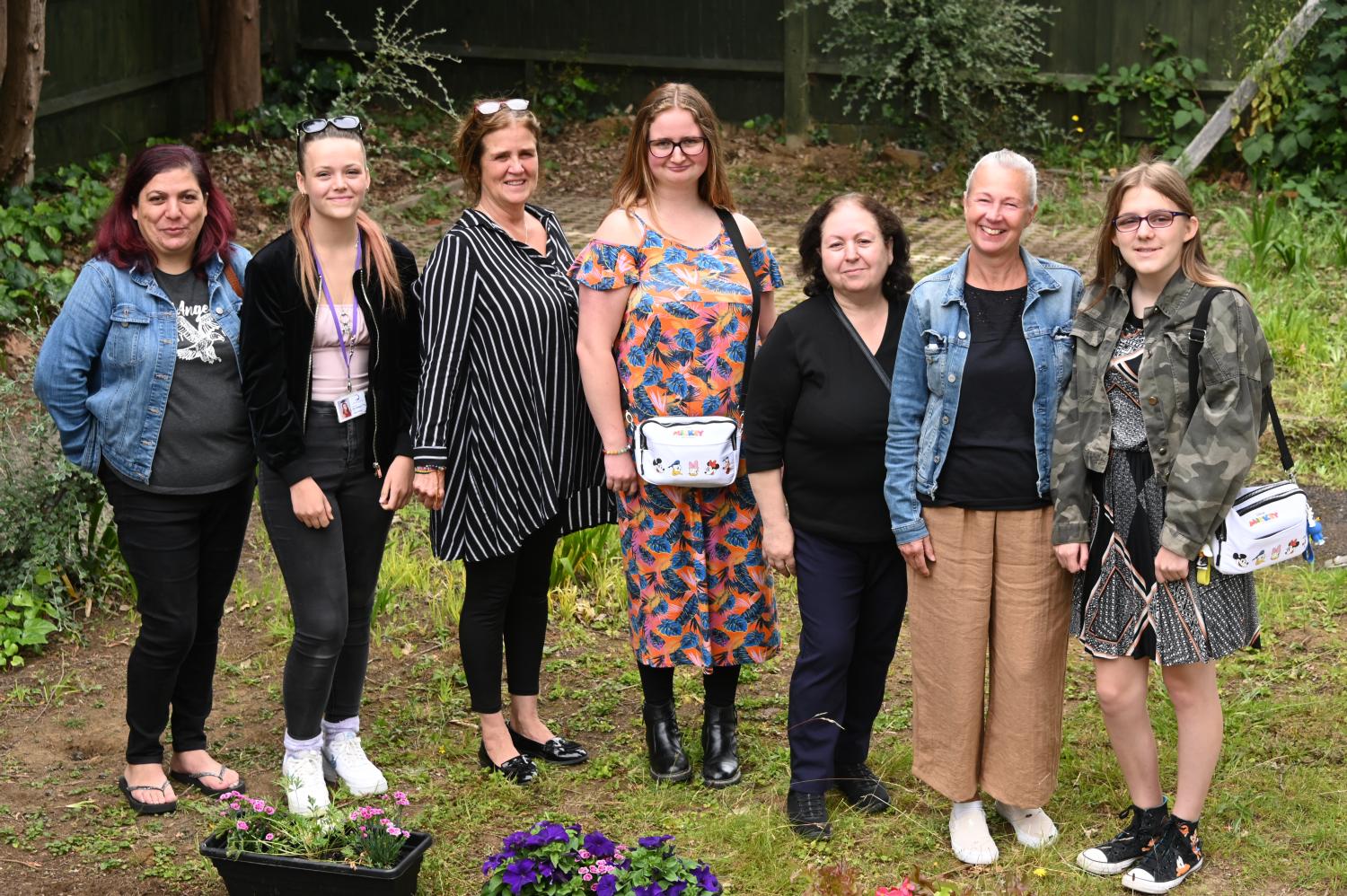
How we work with people and communities
We are proud of the variety of ways in which we work with people across Surrey and of the expanding collaborations we have with our partners in the voluntary, charity and social enterprise (VCSE) sector and wider communities.
You can read more about some of our work involving people and communities.
Some of our flagship programmes – also cited by NHS England as best practice – range from our Citizen’s Panel, peer-led research and a range of ad hoc research and engagement projects supporting individual programmes of work.
Surrey Heartlands Involvement and Participation Framework
Our strategy for working with people and communities.
This framework outlines our approach to public involvement and participation across Surrey Heartlands, including a set of key principles that underpin how we work with people and communities, at neighbourhood, ‘Place’ and system level.
Surrey Heartlands Involvement and Participation Framework [docx] 3MB
Our involvement principles
We co-designed a set of principles with local people to underpin our involvement work. These principles are:
- Putting the voices of people and communities at the centre of health and care decision-making, using insight and lived experience
- Developing trusted relationships to understand people’s experiences and aspirations, particularly those most affected by health inequalities
- Building a culture of co-production, insight and involvement across the ICS as ‘our way of doing business’
- Ensuring involvement is meaningful, demonstrating clearly where actions have been taken and being honest when changes can’t be made
- Involving people and communities at an early stage when developing strategies and plans
- Avoiding duplication by understanding and building on insights we already have across the system
- Working collaboratively with system partners to maximise the impact of involvement
- Working in partnership with local communities to empower people, particularly at local level
- Being proactive, going to where people are rather than expecting them to come to us
- Providing clear, accessible communication/public information about our vision, plans and progress to build understanding and trust
Definitions
Co-production – this is about developing more equal partnerships between people who use services, carers and professionals so when we are involving people it should be as equal partners
Co-design – designing services and plans with people and stakeholders so results meet their needs and are usable
Communities – by communities we mean local ‘communities’ of people, e.g. in a town or area, or a group of people defined by a characteristic or interest
Legal duties around involvement
As well as being good practice and a key part of a ‘thriving’ health and care system, there are legal requirements related to involvement and consultation which we need to meet.
NHS Surrey Heartlands has a legal responsibility – under the Health and Social Care Act 2022, section 14Z45 – for involving and consulting the public in the event of substantial service change. To ‘make arrangements to secure that individuals to whom services are being or may be provided and their carers and representatives (if any) are involved (whether by being consulted or provided with information or in other ways) as follows:
- in the planning of the commissioning arrangements by NHS Surrey Heartlands
- in the development and consideration of proposals by NHS Surrey Heartlands for changes in the commissioning arrangements where the implementation of the proposals would have an impact on the following:
- the manner in which services are delivered to the individuals (at the point when the service is received by them), or
- the range of health services available to them, and
- in decisions of NHS Surrey Heartlands affecting the operation of the commissioning arrangements where the implementation of the decisions would (if made) have such an impact.
We are also responsible for requirements under the Equality Act 2010 and the related duty to reduce health inequalities, which also highlights the need for effective involvement of those with protected characteristics.


